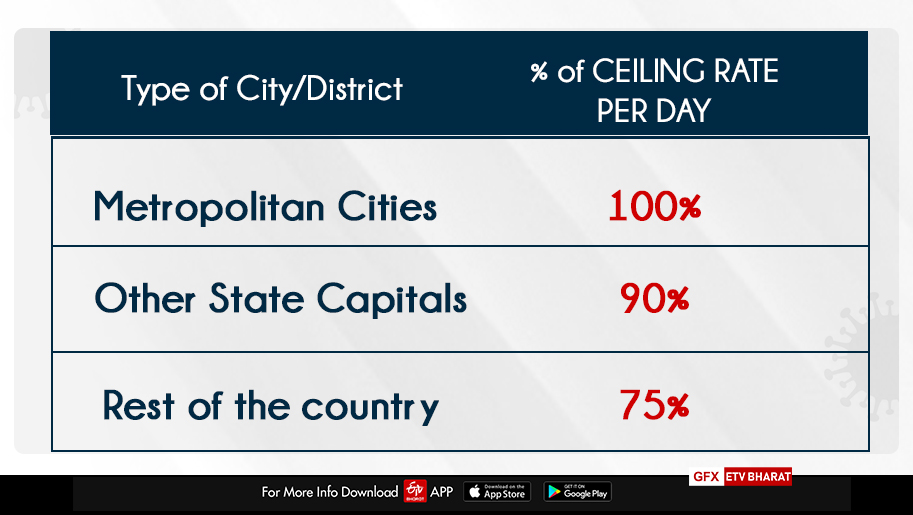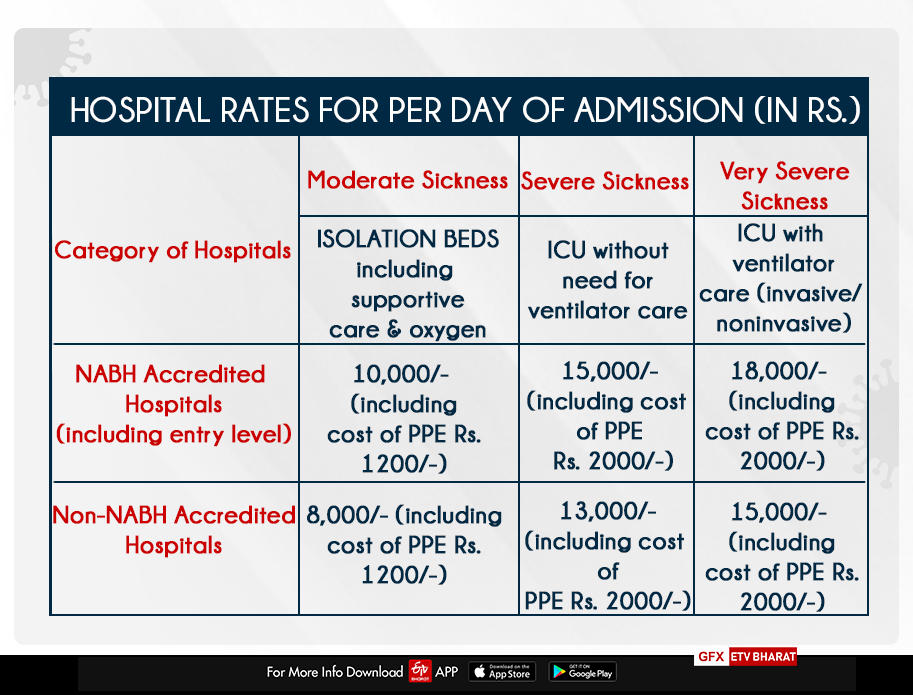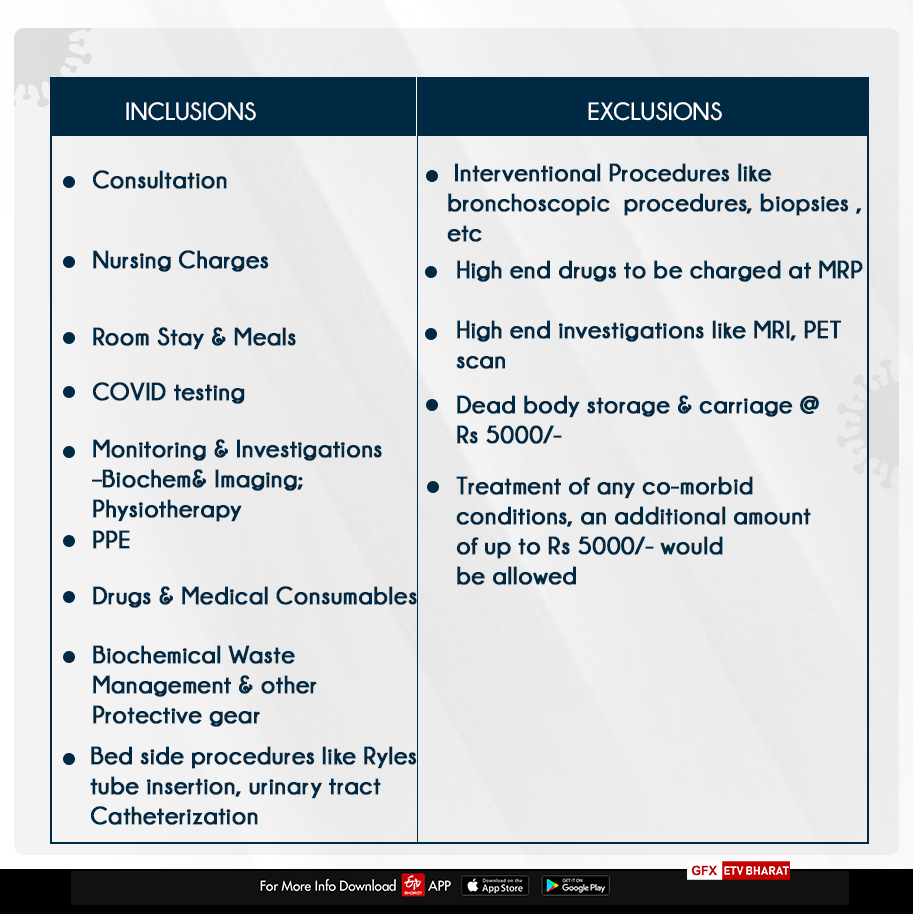New Delhi: With nearly 7 lakh cases and 20,000 deaths so far, the Covid-19 pandemic is raging across India, with the outbreak leading to increased demand for health care and hospitalizations. Consequently, the number of insurance claims received by insurance companies have increased exponentially in recent weeks.
But since Covid-19 is a new form of illness with no standardized treatment protocols, and hospitals reportedly charging “exorbitant” fees, it is turning difficult for both policyholders and insurers to get the insurance claims settled. To deal with this situation, the General Insurance Council -- industry representative body of non-life insurers in India -- has prepared an indicative rate chart for Covid-19 treatment in the country to guide insurance companies during the claim settlement process.
GIC said the indicative rate chart will bring complete clarity and transparency in the treatment of Covid-19 insurance claims, adding that the chart has taken into account rates published by various state governments and also after discussions with health claims experts.
Also Read: Delhi govt ramps up installation of ICU beds in hospitals
Speaking to Etv Bharat Amit Chhabra, Head of health insurance at Policybazaar.com, said: “The GI Council has taken an overview and standardized the Covid-19 treatment cost, which is the need of the hour. The standard rates will lower the financial burden on the customer and if the rates are implemented properly then this will benefit the policyholders to a large extent.”
In case you are planning to file a health insurance claim for Covid-19 or preparing for any future emergency, here is all you need to know about GIC’s indicative rate chart for Covid-19 treatment:
In which states are these rates applicable?
These rates will be applicable to both cashless and reimbursement Covid-19 claims in states/Union territories/cities where any government authority has not published standard charges for Covid-19 treatment. Wherever, Covid-19 treatment charges have been published by any government authority, like in Delhi, Rajasthan etc, those charges shall be applicable to insurance claims with member companies.
Also Read: Haryana police cautions people against phishing e-mails amid COVID crisis
What all factors have been taken into account while fixing rates?

GIC has indicated “Cost per day” as a ceiling based on three key factors -- type of stay in hospitals (for moderate sickness, severe sickness and very severe sickness), the type of hospital (based on the infrastructure and expertise available) and the city/district of the hospital (Metros, state capitals and the rest of the country). Additionally, hospitals have further been segregated as National Accreditation Board for Hospitals and Healthcare (NABH)-accredited hospitals and non-NABH hospitals.
What are some key price ceilings as proposed by GIC?
NABH-accredited hospitals can charge up to Rs 10,000, including the cost of PPE, isolation bed and supportive care, and oxygen, in case of moderate sickness. In case of ICU beds without a ventilator, accredited hospitals can charge up to Rs 15,000 (including the PPE cost) and for ICU with ventilator, they can charge up to Rs 18,000 (including the PPE cost).
Non-accredited hospitals for isolation beds can charge up to Rs 8,000 for isolation beds, Rs 13,000 for ICU beds without a ventilator and Rs 15,000 for ICU beds with a ventilator.

What all is included in the per-day cost?
The ‘cost per day’ includes consultation, nursing charges, room stay and meals, COVID testing, Monitoring and Investigations – Biochem and Imaging, physiotherapy, PPE, drugs and medical consumables, biochemical waste management and other protective gear, and bedside procedures.

What all is excluded?
The ‘cost-per-day’ excludes the cost of certain interventional procedures like bronchoscopic procedures, biopsies, etc. It also excludes the cost of high-end drugs or high-end investigations like MRI, PET scan etc. However, an additional amount of up to Rs 5,000 would be allowed for both treatment of any co-morbid conditions, and dead body storage and carriage charges.
What is the validity period of these rates?
GIC says these charges are dynamic and shall be reviewed every month to ensure that they represent usual, customary and reasonable charges prevalent in the Indian market at that time.
(ETV Bharat report)



